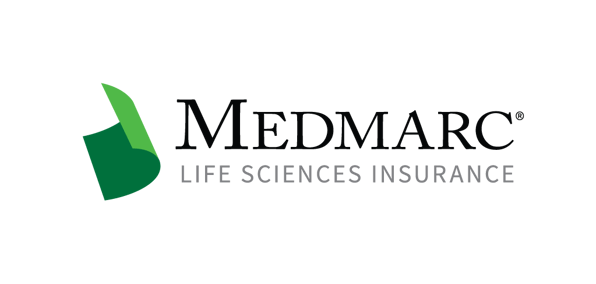FDA To Seek Expanded Authority for Device Shortage Reporting
The COVID-19 pandemic amplified the FDA’s focus on medical device shortages, but medical device companies are not legally required to report shortages unless the Department of Health and Human Services declares a public health emergency. The agency released a Jan. 16, 2025, statement indicating that the agency intends to petition Congress for authority to require device shortage reporting at all times, a development that would add to the regulatory requirements for industry.
The Office of Supply Chain Resilience (OSCR) is primarily responsible for the FDA’s management of device shortages. OSCR is part of the strategic partnership program at the Center for Devices and Radiological Health (CDRH) and provides an important set of resources for managing device shortages. This is the first of a two-part blog on the FDA’s approach to device supply chain issues. The second blog will provide details of the operation of the OSCR and an FDA guidance on reporting of shortages.
part of the strategic partnership program at the Center for Devices and Radiological Health (CDRH) and provides an important set of resources for managing device shortages. This is the first of a two-part blog on the FDA’s approach to device supply chain issues. The second blog will provide details of the operation of the OSCR and an FDA guidance on reporting of shortages.
CDRH director Michelle Tarver stated that device shortages are particularly challenging for pediatric and neonatal patients, principally because few substitutes are available for devices designated for these patients. This may force clinicians to substitute adult-sized devices and equipment, creating an increased risks for these patients because of the size mismatch.
Several shortages have emerged in recent years, such as a shortage of tracheostomy tubes in both 2019 and 2022. As a result of the 2022 tracheostomy shortage, some pediatric patients were either unable to receive the appropriate care or were forced to stay on a ventilator for an extended period. Shortages of pediatric-sized devices arose in 2023, including oxygenators, infant duodenoscopes and hemodialysis catheters. Tarver said physicians were the first to advise CDRH of the duodenoscope and hemodialysis catheter shortages.
Tarver stated that a lack of innovation in the pediatric medical device space may play a role in shortages but acknowledged that the problems of ethylene oxide sterilization capacity has exacerbated the situation as well. The Environmental Protection Agency released a final rule in April 2024 on containment of ethylene oxide from sterilization facilities, although litigation had already forced the closure of several of these facilities prior to the EPA final rule.
The European Union has implemented a rule that as of Jan. 10, 2025, requires device makers to report on all interruptions and discontinuations in device supplies. Tarver said the lack of a similar, all-encompassing requirement in the U.S. leaves hospitals and other health care facilities with little or no time to adjust for shortages. She stated further that industry has not always reliably notified the agency of impending shortages, adding that health care providers are usually the first to advise the FDA of a shortage.
The FDA will petition Congress to amend Section 506J of the Coronavirus Aid, Relief, and Economic Security (CARES) Act to allow the agency to require manufacturers to notify the agency of all existing and impending shortages. While Congress has provided CDRH with funds to manage supply chain issues in the past, Tarver said the request will include permanent funding for the agency’s supply chain management activities.
The FDA’s medical device shortage list currently includes six entries, such as two types of oxygenators, one of which is cleared for use during cardiopulmonary bypass. This shortage was initially filed in September 2023 and was reverified in October 2024. A shortage of intra-aortic balloon pumps was declared in December 2022 and reverified in April 2024. Other shortages include electrosurgical cutting and coagulation devices, intravenous fluid bags and blood culturing systems.
While Congress is not bound to pass legislation at the behest of federal government agencies, the political impact of pediatric and neonatal device shortages is unlikely to be lost on legislators. Industry may elect to develop voluntary standards for device shortage reporting, the robust adoption of which may relieve any pressure on Congress to legislate on the question.
For additional resources contact the Marketing department
Phone: 888-633-6272
Medmarc is a member of ProAssurance Group, a family of specialty liability insurance companies. The product material is for informational purposes only. In the event any of the information presented conflicts with the terms and conditions of any policy of insurance offered from ProAssurance, its subsidiaries, and its affiliates, the terms and conditions of the actual policy will apply.
Copyright © 2025 - Medmarc
